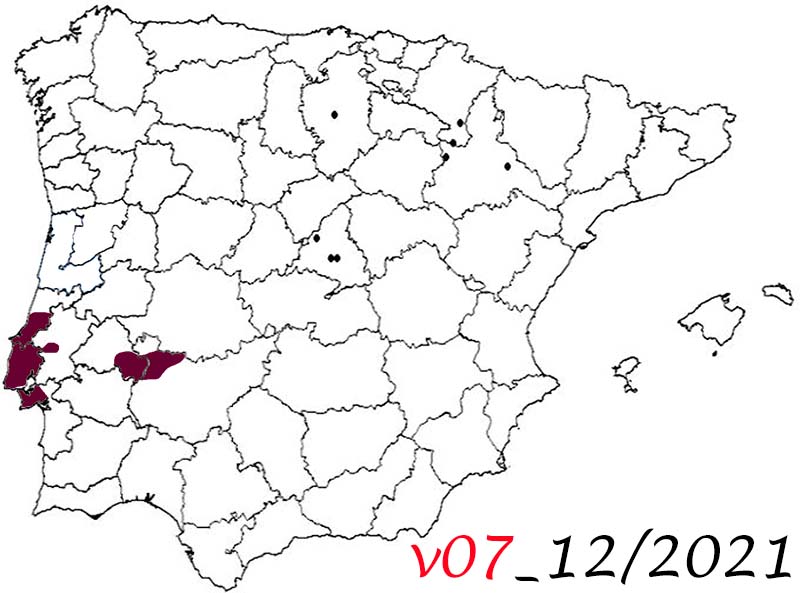


7. Trip to Portugal
7. Trip to Portugal
December 2 to 8, 2021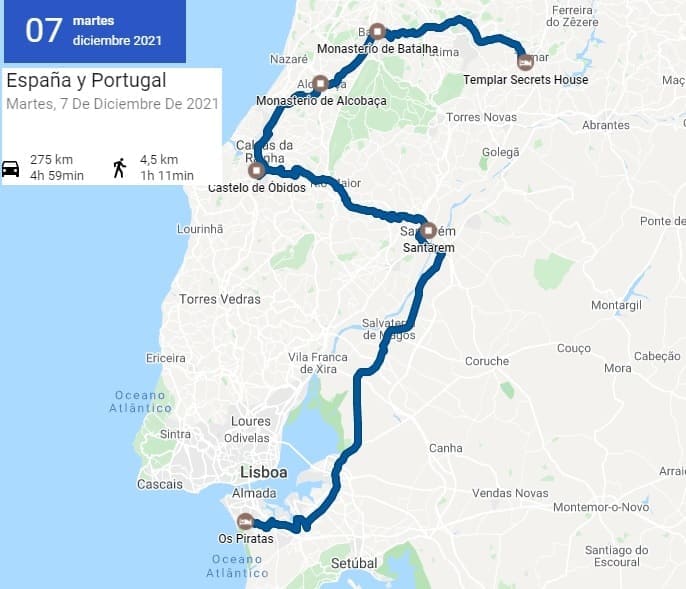


118. Santarem
118. Santarem
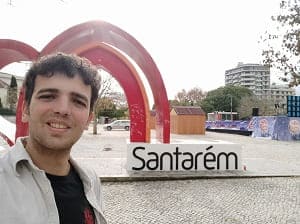
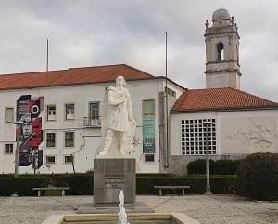
I left Lisbon for Santarem, a city that, although it has several places of interest, I left with the feeling that it was not made for ordinary tourists. Santarem is the capital of one of the districts of Portugal, and one of the oldest cities in Portugal where remains from the 8th century BC have been found, very possibly from the Tartessian culture whose axis ran from Badajoz to Cádiz. From there its greatest importance would come in the Middle Ages and where it would lose strength in front of the capital. It is known for being the capital of the Portuguese Gothic for the quantity and quality of its religious buildings of that style during the 13th and 14th centuries.
As religious buildings apart from the cathedral we have the convent of Santa Clara, a 13th century building, where its church stands out, also in the Gothic style. The absence of a doorway on the façade further accentuates the bareness of the exterior. It is 72 meters long and ends in a large Gothic-style rose window. There are also frescoes from the 17th century.
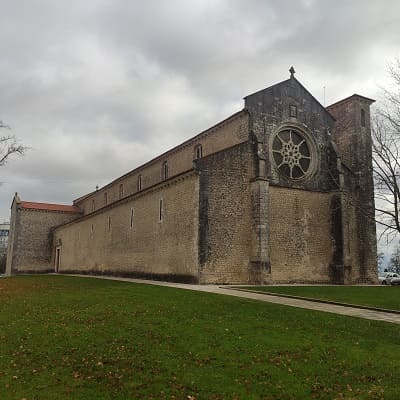
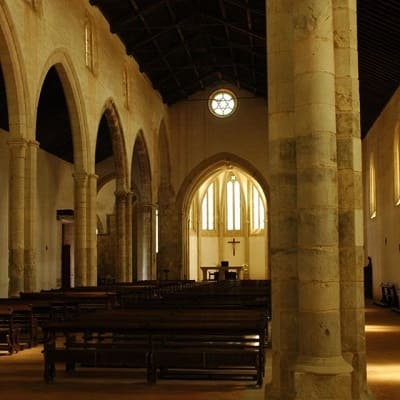
Another convent is that of Nuestra Señora del Sitio, and the convent of San Francisco, a 13th-century Gothic-style building that would be enlarged at different times from the 14th century and would carry the style of the date the gothic. In the 17th and 18th century decorative elements of Renaissance and Mannerist styles were incorporated, adding chapels to the church. In the 18th century, a congregation of monks would inhabit the convent, but a century later it would stop working and become part of the army building. For this reason I know it would deteriorate but in 2009 a strong restoration would begin. It has a large cloister with two floors in the Romanesque and Gothic styles with ornate capitals. In the church was the tomb of one of the oldest kings of Portugal, Fernando I.
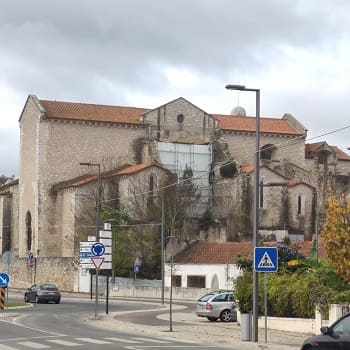
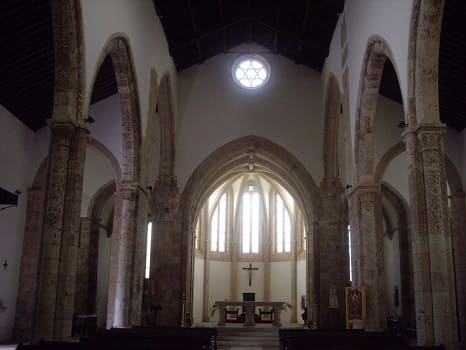
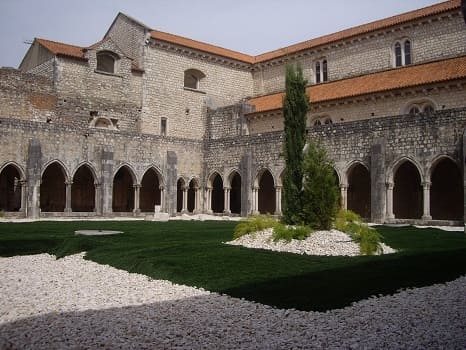
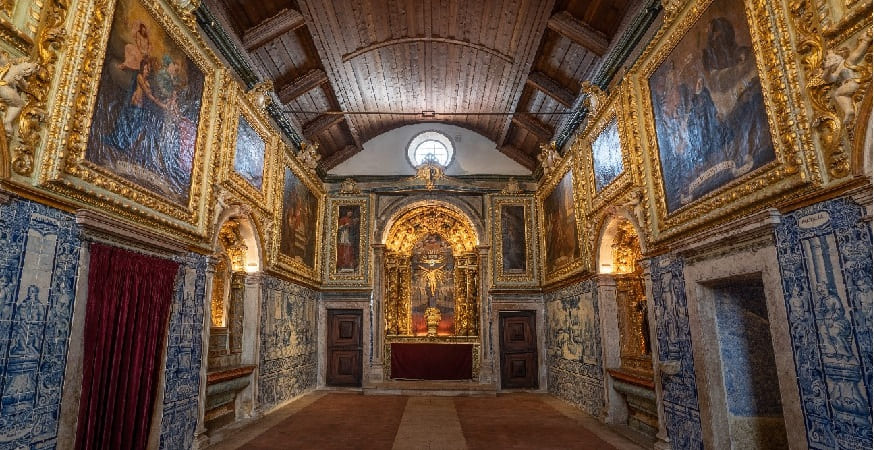
Another Gothic-style church is the church of Santa María de Gracia. This 14th century church, completed in the 15th century, has one of the most beautiful portals in the city of Portugal. In a flamboyant Gothic style, it tries to copy the prevailing style at that time, whose maximum exponent in Portugal is the Batalha monastery. Inside the church are the tomb and the remains of the discoverer of Brazil, Pedro Álvares Cabral, and his wife, and there is a statue outside.
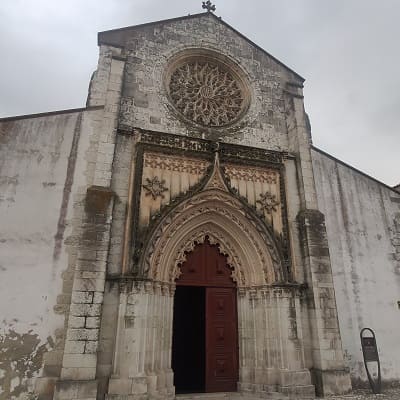
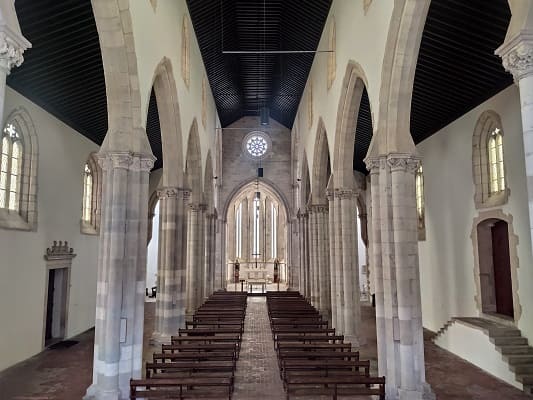
Another important church and one of the oldest the church of Santa María de la Maravilla, from the 12th century that was built by the Knights Templar. It is true that it would undergo changes in the 16th century, adapting to the churches of that time with the use of tiles as the protagonist. On the right the church of the Hospital de la Misericordia, Renaissance from the 16th century.
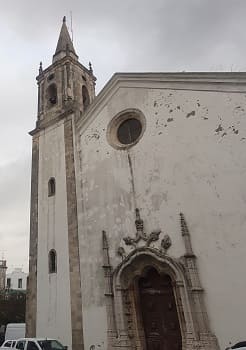
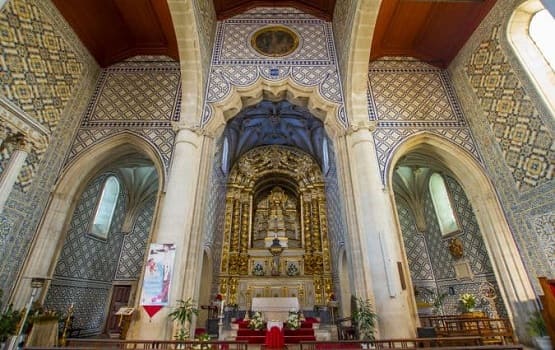
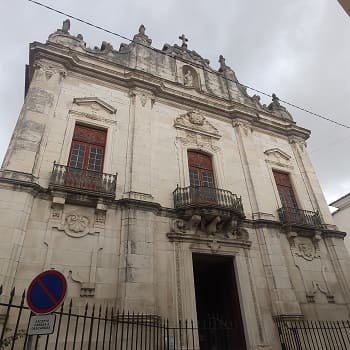
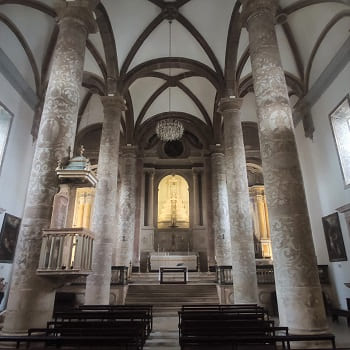
Other more modern churches are the church of La Piedad, and the chapel of Santa Iria , both from the end of the 17th century in a Renaissance style.
Finally, I would visit The Cathedral of Our Lady of the Conception or simply Santarém Cathedral is a Jesuit temple, dating from the 17th century, it was erected on the site where the royal palace of the Alcazaba Nova was, which it was abandoned since the time of King John II. Later, with the expulsion of the Jesuits from Portugal, by order of the Marquis of Pombal, the building began to house the Patriarchal Seminary after the donation of D. Maria I, and it remained so until the 20th century.
When the Diocese of Santarém was created in 1975, the church was elevated to the status of cathedral. The chapter house stands out with its ceiling painted with large frescoes and polychrome wood.
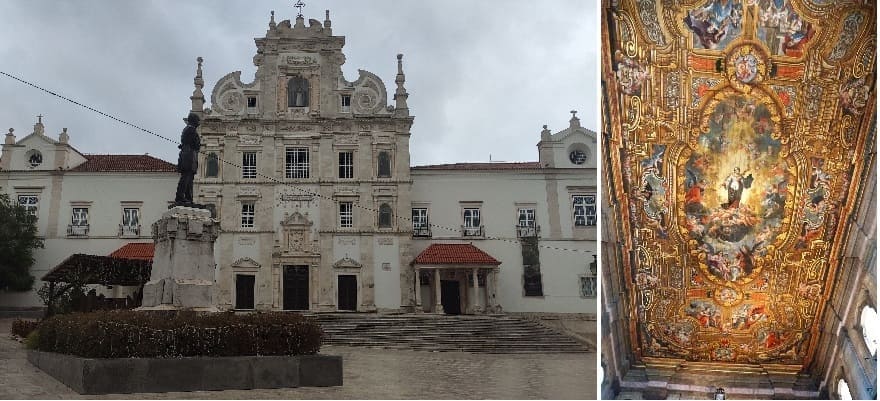
Other places of interest are the central market, in the photo, which contains a good collection of tiles with the theme of the country world, the Torre das Cabaças and the clock tower (old town hall).
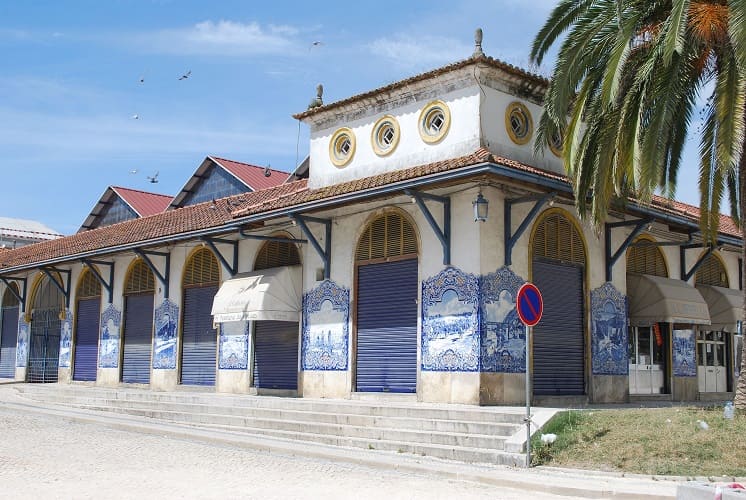
Then head north towards Óbidos.


119. Óbidos
119. Óbidos
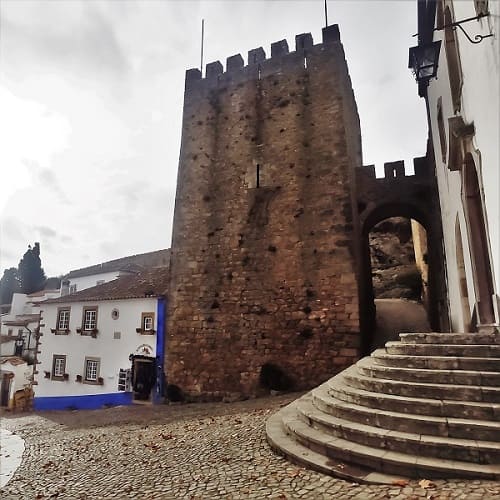
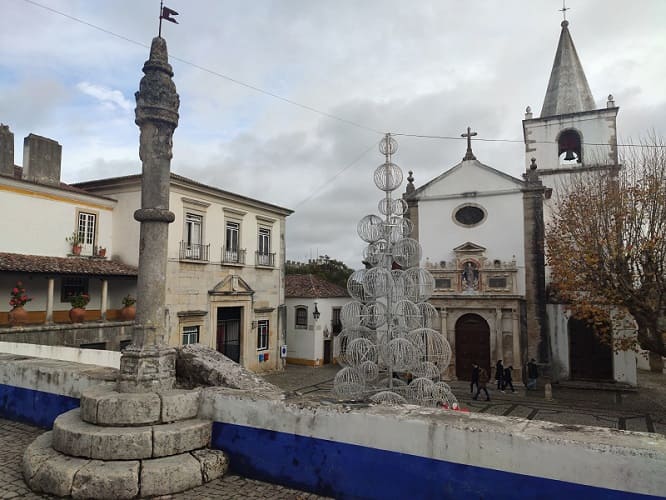
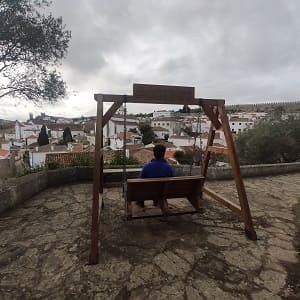
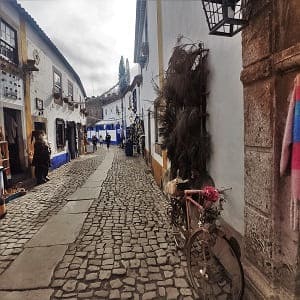
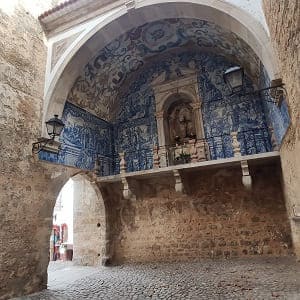
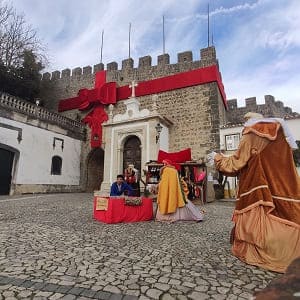


120. Alcobaça
120. Alcobaça
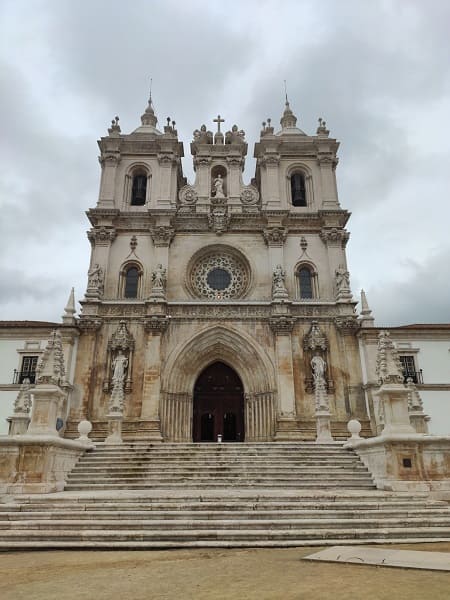
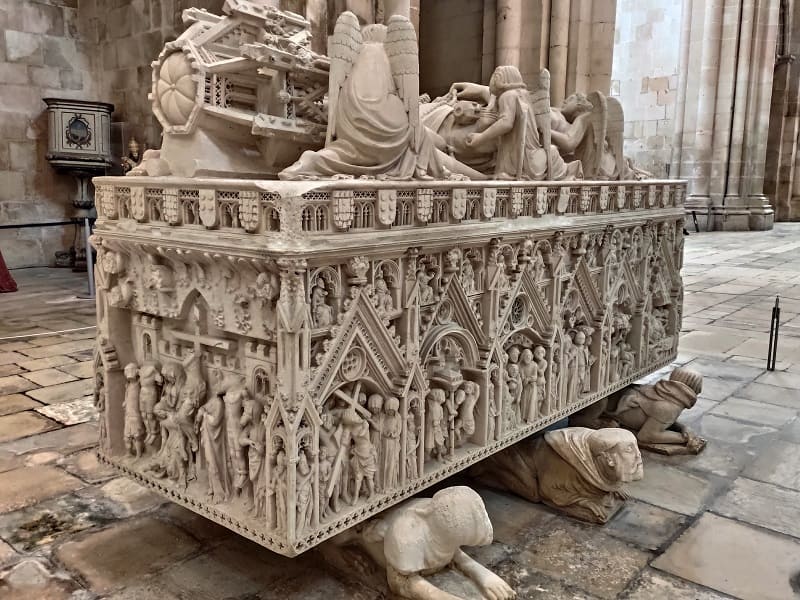
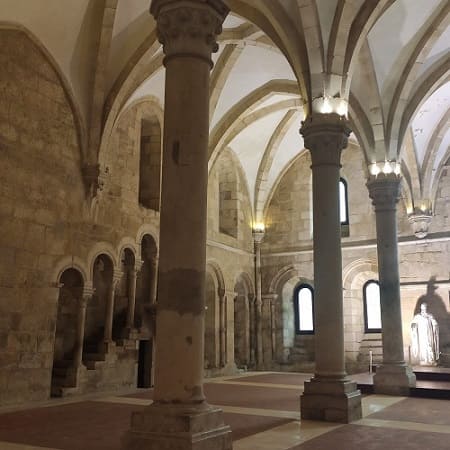
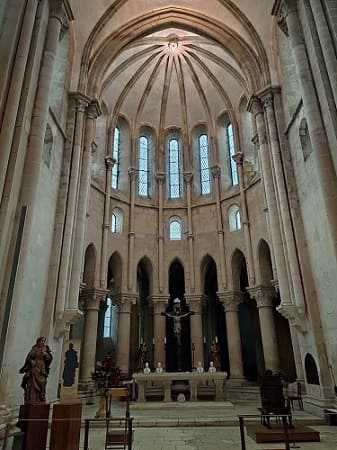
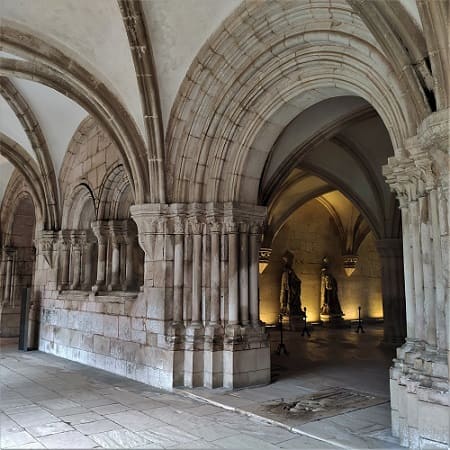
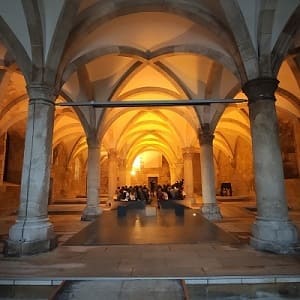
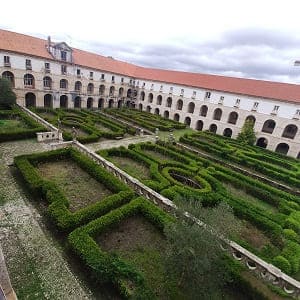
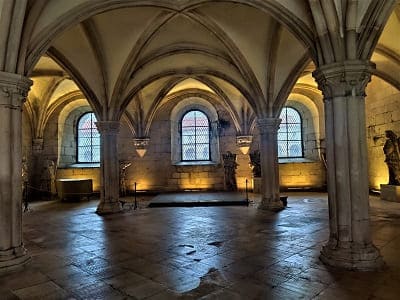
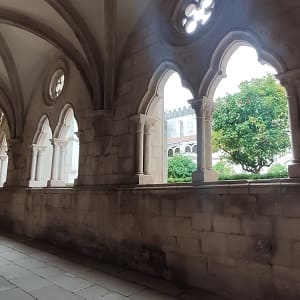
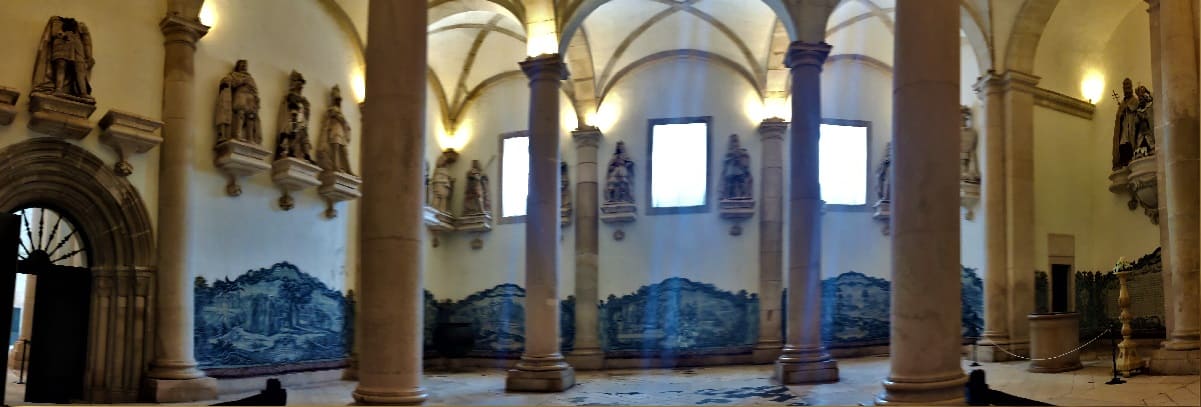


121. Batalha
121. Batalha
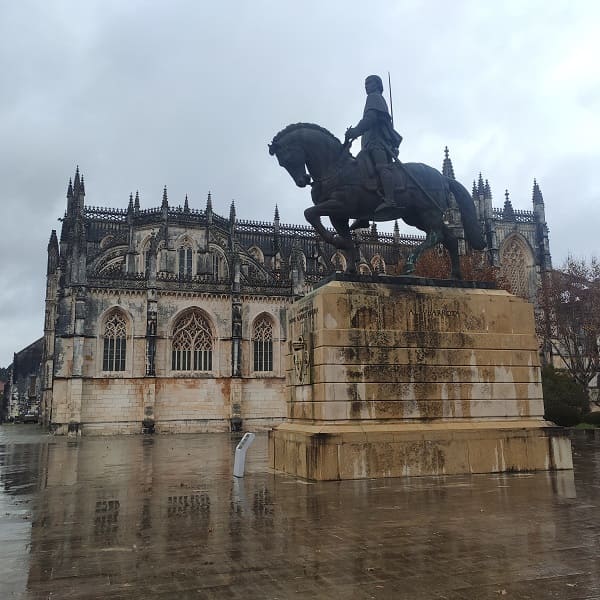
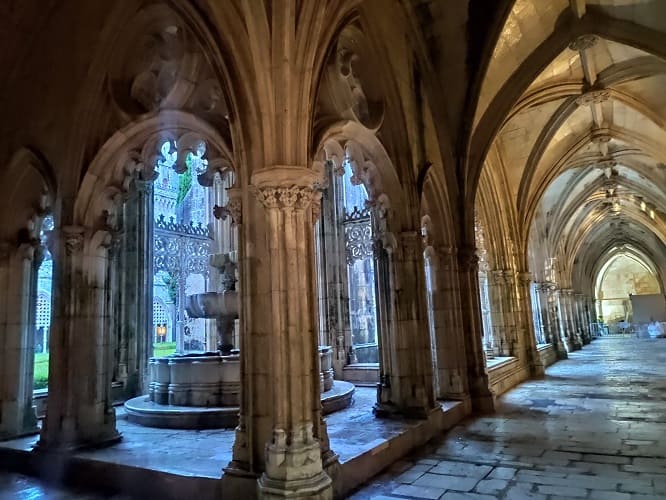
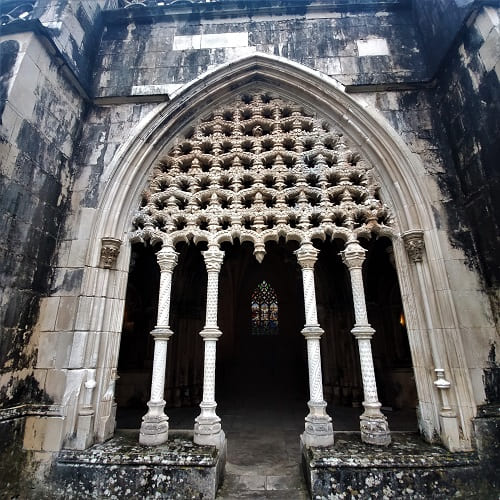
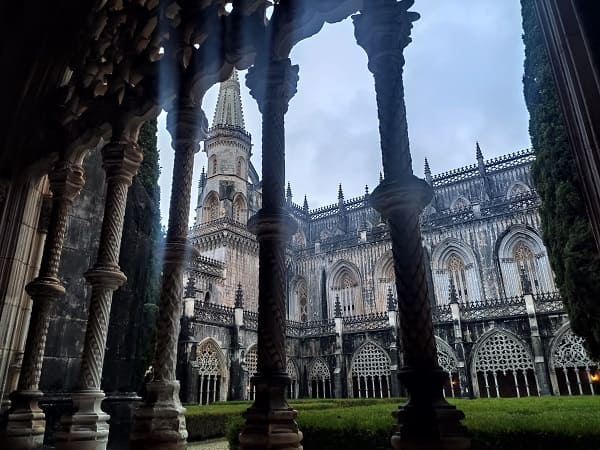
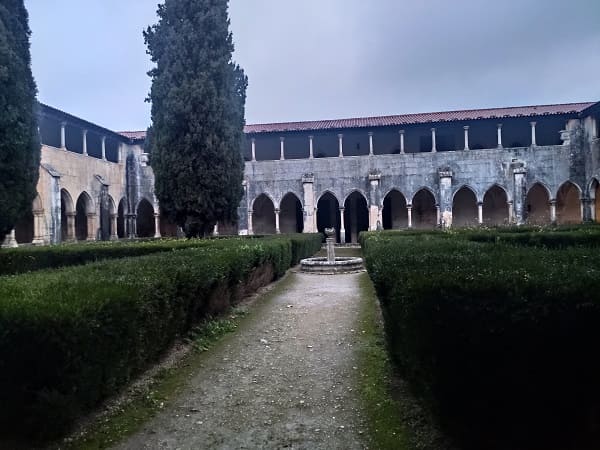
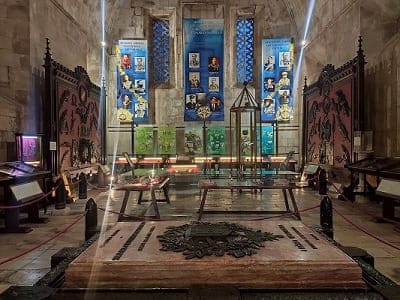
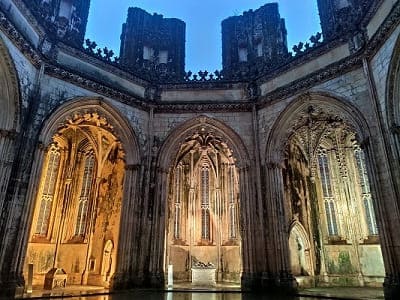
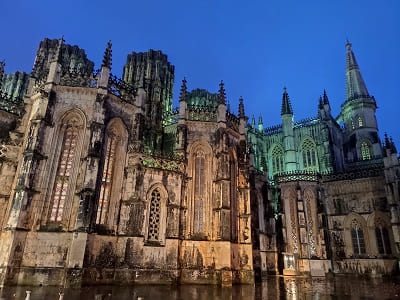
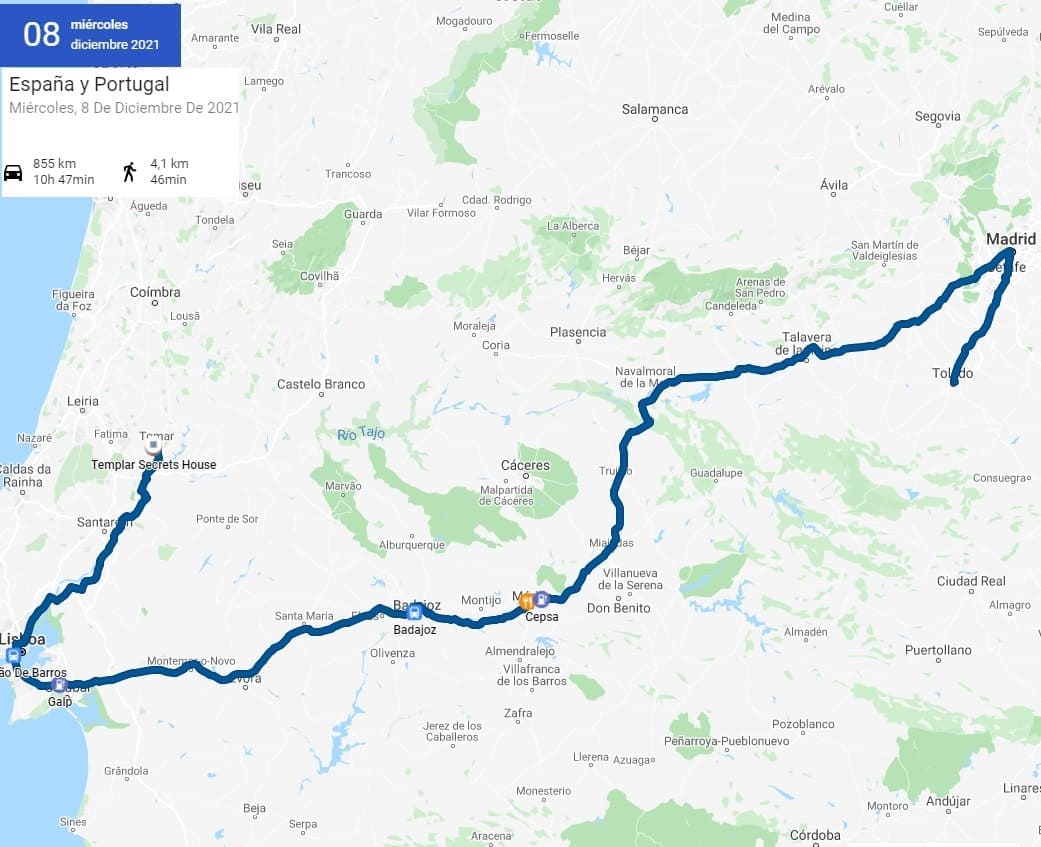
© 2016 - All Rights Reserved - Designed by Sergio López Martínez